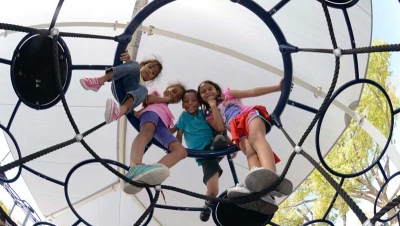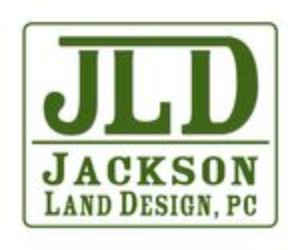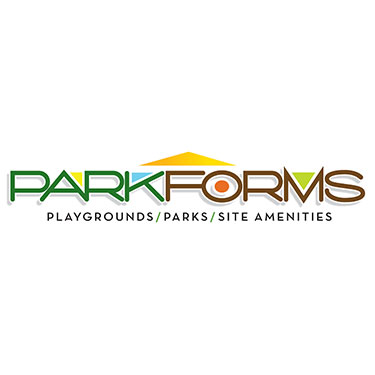The Periodic Table of 21st Century Play - by Laura Richardson
As we discussed in our last column, Laura Richardson’s insightful The Periodic Table of 21st Century Play poster can a powerful tool in the hands of designers and communities when they seek to create truly human and engaging places that support play. As an illustration of how this can work, I will use Laura’s 11 categories, which she refers to as the super powers of play, and create a virtual playground.
1. See
[See>See Ourselves See>Observe>Visualize>Imagine]
The “see” element in our virtual playground will be a “fun” mirror. These can be done in stainless steel for durability. To make them playful we will use a thin sheet and back it up with flexible plastic. There will be a moveable “bulge” placed behind the sheet so the children can make a wavy surface and create a distorted reflection.
2. Manipulate
[Manipulate>Build>Deconstruct>Remix>Hack]
This is the easiest element to add to our virtual playground. All we need is a set of Imagination Playground Blocks. Because we want our virtual playground to be used just like a regular playground we will add a steel storage container to house them when not in use. The lock will be like the credit card style passkeys that are used in hotels and parents will be able to get a key from the local recreation department. As these are electronically coded so the staff will know who is accessing the storage container and can allow our reject that access.
3. Move
[Move>Think with Hands>with Body>with Senses]
Sure most playgrounds provide for movement but our virtual playground is going to leave those static structures in the dust because our venue for movement is an adventure course that not only has all the traditional obstacles but also has new challenges. For example there will be obstacles that require that you access them by inserting a key into a lock that is hidden from view. Another event will have a button hidden behind a large sheet of flexible plastic and pressing the button shape will give the player access. There are other shapes hidden there as well and pressing those will lock the passage. To make this “lockable gate” even more fun players can randomize the locations of the shapes so there is no consistently right solution.
4. Act
[Act>Role Play>Storytelling>Improv]
Many playgrounds have themes and plastic attachments that adults think support imaginative play. In my experience these are very rarely compelling and few children actually take on the roles suggested by these themes. Putting some sort of theme on the outside does little to enhance pretend play. There are some exceptions, for example, the Danish firm Monstrum creates amazing environments. What really makes dramatic play an ever-present element is the availability of lots of associated props. Some of these can be attached, i.e. a steering wheel is a very successful pretend play attachment. But since our playspace already has un-lockable storage, we’ll just load it up with lots of play props.
5. Sense External
[Sense External>Empathy>Collaborate>Influence]
It has been said that a parent has no higher responsibility than to help their children become empathic. It might seem like a stretch to expect a playspace help children become more in touch with the feelings of others, but it really isn’t. Remember we do have storage for our props. All we need to do is add some “medical” props, bandages, crutches, and even a wheelchair and the kids will play doctor and in doing so will try to help each other “get better.” Of course this is “just” play, so to make this activity more real, we’ll add in a bunch of kids who actually need these devices and services. When we mix kids of all abilities, we start getting deep collaboration and hopefully influence.
6. Sense Internal
[Sense Internal>Intrinsic Motivation>Rule Making>Courage and Confidence>Perseverance]
Many of the elements we have already added to our virtual playspace bring out the qualities of “sense internal,” but we can add one more that will really lift the lid … FIRE! This may seem like an outrageous idea, but it’s been done successfully many times. Most recently, this example comes from The Land Adventure Playground who make this a routine part of their playspace. And if you think about it, we’ve always had BBQ grills adjacent to play areas without problems, so a fire pit is not really such a leap.
7. Morph
[Morph>Change Tolerance>Flexible Thinking>Illusion>Ambiguity>Transformation]
Adding the notion of “morphing” the playspace makes the design really interesting. We will deliver this element in the simplest way possible. Periodically and unpredictably we will come into the playspace and change it up, move things around, add, and subtract. Some things may look the same but behave or respond differently; the fire pit becomes a fish bowl, the bouncy net becomes rigid, etc.
8. Quest
[Quest>Curiosity>Problem Finding/Forming>Search/Discover>Take Risks>Meaningful Failure]
To incorporate the Quest element we will very occasionally put up a sign that says “The playspace will be closed for 3 days for a Quest.” The quest in this example can be any kind of test that will require that the children come together and work out a way to meet the challenge.
9. Stretch
[Stretch>Analogy>Abstraction>Systematic Thinking>Long Term Thinking>Dimensional Thinking]
One of the challenges to the children can be “Create a 3-D map of the playspace that has the highest view at the top and the smallest view at the bottom. Show how the view will change over one year.” The children will be supplied with craft materials, a digital camera with close-up and wide-angle lenses, and also a mini RC helicopter on which it can be mounted so they can assemble images as well as create a 3-D map.
10. Combine
[Combine>Critique and Critical Reflection>Evaluate and Decision Making>Pattern Finding/Forming>Simplifying Complexity>Synthesis]
As the process of issuing challenges to the children becomes an expected source of fun, we can introduce even more demanding tasks. To explore this element we will ask the children to teach a group of much younger children what they have learned in the playspace, show them the tricks of the trade, so to speak. As those of us who have taught know too well, all of the aspects of the Combine element are required to teach what you know.
11. Create
[Create>Ideation and Brainstorm>Make and Model>Design and Invent]
As a final challenge the children will be asked to create a new playspace, either at this site or another. They may duplicate only 50% of the existing features and must create an equal number of new features.
Discussion
The first thing to notice is that, as we have proceeded to use Laura’s chart and populate it with elements in a playspace, we moved from innovative hardware, to programs, and finally to external action. While part of this progression was my intention, it also was strongly influenced by the order in which Laura has set up the chart. The chart is not a smooth lineal progression and the successive columns build on each other. In that sense the chart along the horizontal axis is somewhat based developing skills in the players.
Could this virtual playspace become a reality? Most definitely, as all of these ideas already exist in one form or another. In my imagination it would be something like an adventure playground without the junk. It would be something like a ropes course only not so high and without instructors. And it would be something like a good summer camp but with adults far in the background.
This was a most interesting exercise. I hope you try your hand at creating your own virtual playspace.
Better yet, go out and make a real one using the Super Powers of play.









